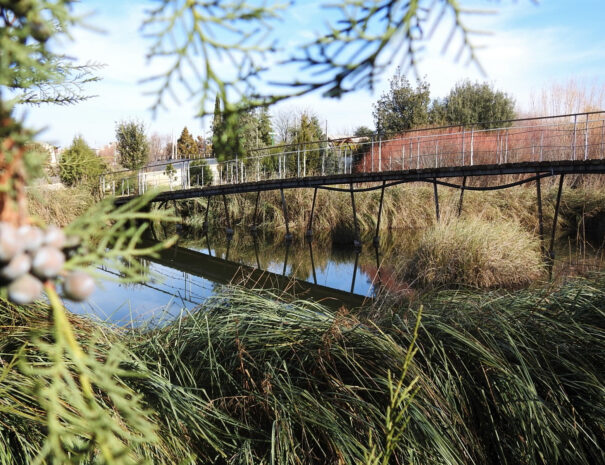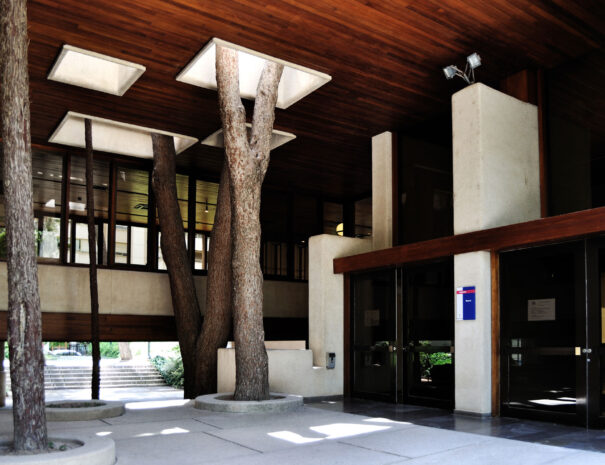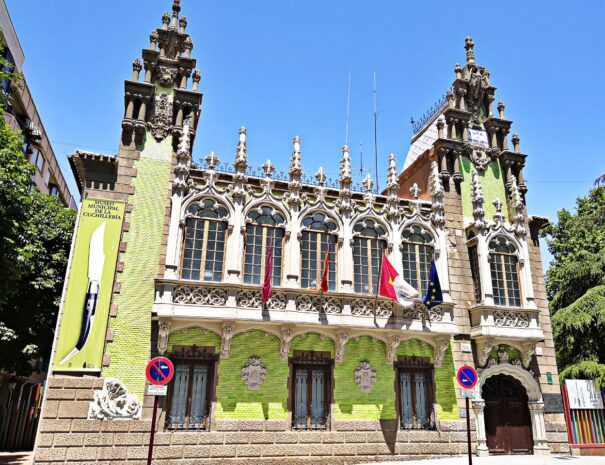Museos
WHAT TO VISIT
Museums

Museo del Agua (CiAb)
Located in Parque de la Fiesta del Árbol, this museum explores the significance of water in the region through an interactive experience. The visit includes the museum, the control center, a water lab, and the Depósito de Agua, Spain’s tallest water tower (70 m), offering panoramic views.
Advance booking required.

Jardín Botánico de Castilla-La Mancha
Spanning 7 hectares near the university campus, this botanical garden hosts over 800 plant species across themed areas, including Mediterranean forest, desert zones, and medicinal gardens — perfect for nature lovers.

Museo de Albacete
This museum presents the archaeological, historical and cultural heritage of the province, making it a must-visit for understanding the region’s evolution within Castilla-La Mancha.

Museo de la Cuchillería
Spain’s first museum dedicated to cutlery. It joins counterparts in Solingen (Germany) and Thiers (France) under the “Declaración de Albacete”. Exhibits include international cutlery, craft workshops, scissors collections, temporary exhibitions, and a tribute to local artisans through APRECU competitions.
